
The Empidoidea are a large monophyletic superfamily of true flies, the sister taxon to the Muscomorpha (Cyclorrhapha). These two groups are sometimes united in the unranked taxon Eremoneura. There are some 10,000 known species within Empidoidea, which are represented on all continents except Antarctica. They are known to have existed since the Jurassic period.

Empididae is a family of flies with over 3,000 described species occurring worldwide in all the biogeographic realms but the majority are found in the Holarctic. They are mainly predatory flies like most of their relatives in the Empidoidea, and exhibit a wide range of forms but are generally small to medium-sized, non-metallic and rather bristly.

Empis is a genus of dance fly found in the fly family Empididae.

Hilara is a genus of dance flies, in the fly family Empididae.
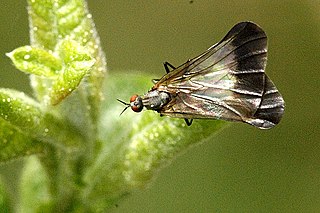
Rhamphomyia is a genus of dance flies, in the fly family Empididae. It contains more than 600 species in 8 subgenera.

Rhamphomyia sulcata is a species of dance flies, in the fly family Empididae. It is included in the subgenus Rhamphomyia. It is found in most of Europe, except the Balkan Peninsula.

Empidinae, also called dance flies, are a subfamily of empidoid flies. They are mainly predatory flies like most of their relatives, and generally small to medium-sized. Most species are flower visitors and they can be effective pollinators.
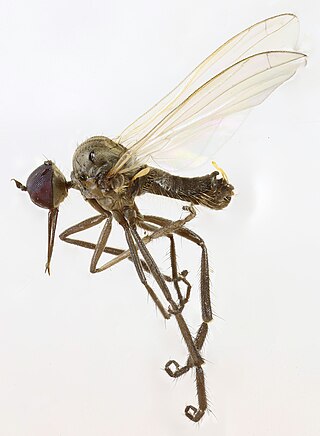
Empis albinervis is a species of fly in the family Empididae. It is included in the subgenus Coptophlebia of the genus Empis. It is found in the Palearctic.
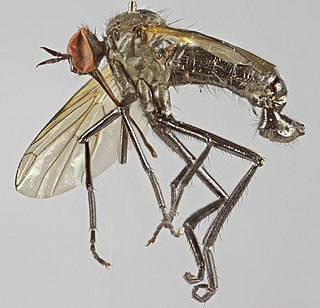
Empis lucida is a species of fly in the family Empididae. It is included in the subgenus Anacrostichus. It is found in the Palearctic. It is a large (8–10 mm.) shining black species.

Hilara galactoptera is a species of fly in the family Empididae. It is found in the Palearctic.
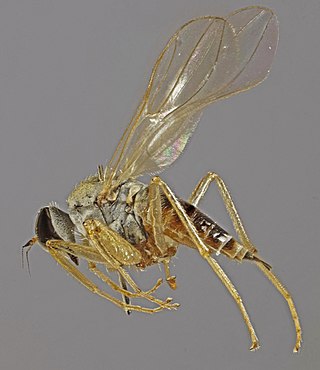
Platypalpus candicans is a species of fly in the family Hybotidae. It is found in the Palearctic.
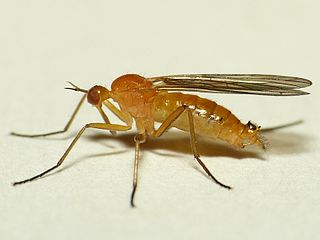
Empis lutea is a species of fly in the family Empididae. It is included in the subgenus Xanthempis. It is found in the Palearctic.
Bergenstammia is a genus of flies in the family Empididae. It is sometime treated as a sub-genus of Clinocera
Wiedemannia is a genus of flies in the family Empididae.
Empis styriaca is a species of fly in the family Empididae. It is included in the subgenus Xanthempis. It is found in the Palearctic.
Rhamphomyia crassicauda is a species of dance flies, in the fly family Empididae. It is include in the subgenus Amydroneura of the genus Rhamphomyia.
Rhamphomyia pseudogibba is a species of dance flies, in the fly family Empididae. It is include in the subgenus Amydroneura of the genus Rhamphomyia.
Rhamphomyia bistriata is a species of dance flies, in the fly family Empididae. It is included in the subgenus Holoclera of the genus Rhamphomyia.
Phaeobalia dimidiata is a species of dance flies, in the fly family Empididae.
Wiedemannia jugorum is a species of dance flies, in the fly family Empididae.









